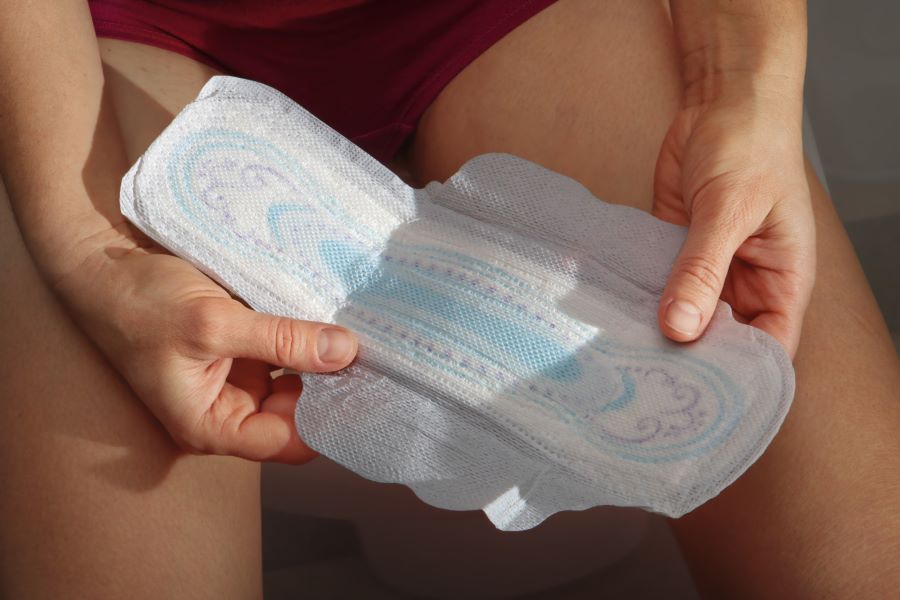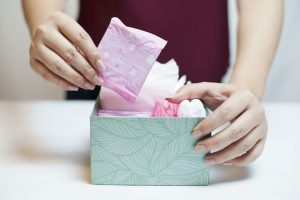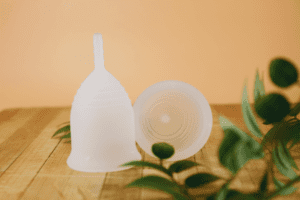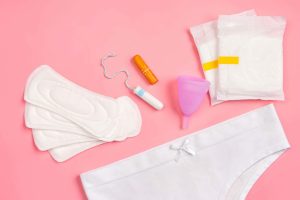What are Sanitary Pads?

Sanitary pads are recognised worldwide. They are a menstrual hygiene product, designed for use by women during their monthly periods and also known as sanitary napkins or sanitary towels.
From simple beginnings…..
Sanitary pad designs in the 1960s incorporated flexible, thin, leak-proof polyethylene as the back sheet. Over time, sticky, elastic plastics were used, allowing the sanitary pads to be attached to a woman’s underwear directly, rather than hanging off a belt-type device. Later in the 1970s, designers grasped the idea of making plastic “wings” to be used to wrap around panties and place the pad exactly where it is required.
……to widespread use in the 21st century
Which brings us, more or less, to the present day, where sanitary pads are still very widely used globally by women during their monthly periods. They can also be used after childbirth when it is normal to have vaginal bleeding for a week or two. In fact, any flow of blood from the vagina can be easily absorbed and contained within a sanitary pad. Many young women choose to use sanitary pads when they initially start their periods, as it can take time to develop the confidence to use a tampon.
Today’s sanitary pads are produced from various materials, based on the brand, country of origin, and even style of pad.
How to use sanitary pads
Sanitary pads are worn externally, unlike menstrual cups and tampons that are worn internally.
Sanitary pads should be changed regularly, depending on the period flow, i.e. how light or heavy the bleeding is. Provided the right absorbency of the pad is selected, leakage should not occur, meaning menstrual blood does not reach clothing and furnishing
Sanitary pads are wrapped individually for easier usage and can be easily carried in your purse.
A pad for every flow type
Some of the most common types of pad are:
• Regular: it is a middle-range sponginess pad.
• Maxi/Super: A spongy bumper pad routinely used by women with heavy periods.
• Overnight pads: Longer than regular pads, allowing more protection while lying down.Suitable for use during the night.
• Maternity pads; Longer and thicker than maxi/super pads. Designed for women to use after childbirth, can also absorb urine.
• Ultra-thin: A thin pad that may be as spongy as a Maxi/Super or Regular pad, but with a reduced amount of bulkiness.
It is important to remember that, regardless of type, sanitary pads cannot be flushed down the toilet as they might cause a blockage.
The environmental impact of disposable sanitary pads
Establishing exactly how much plastic waste comes from sanitary pads is tough, as it is labeled as medical refuse. The plastic used in sanitary pads is not eco-friendly and can lead to environmental and health hazards as one pad takes hundreds of years to decompose.
An increased environmental awareness is one reason why, recently, women have been looking for alternative, more eco-friendly sanitary products. Reusable pads and washable menstrual cups are both becoming more widely used. Both have actually been in existence for a long time, but improved designs make them a viable alternative for the modern woman.
Nabta is reshaping women’s healthcare. We support women with their personal health journeys, from everyday wellbeing to the uniquely female experiences of fertility, pregnancy, and menopause.
Get in touch if you have any questions about this article or any aspect of women’s health. We’re here for you.
Sources:
- “How Tampons and Pads Became so Unsustainable.” National Geographic, 18 Oct. 2019, www.nationalgeographic.com/environment/2019/09/how-tampons-pads-became-unsustainable-story-of-plastic/.
- “What Is a Sanitary Pad?” Menstrupedia, www.menstrupedia.com/articles/girls/sanitary-pad.










